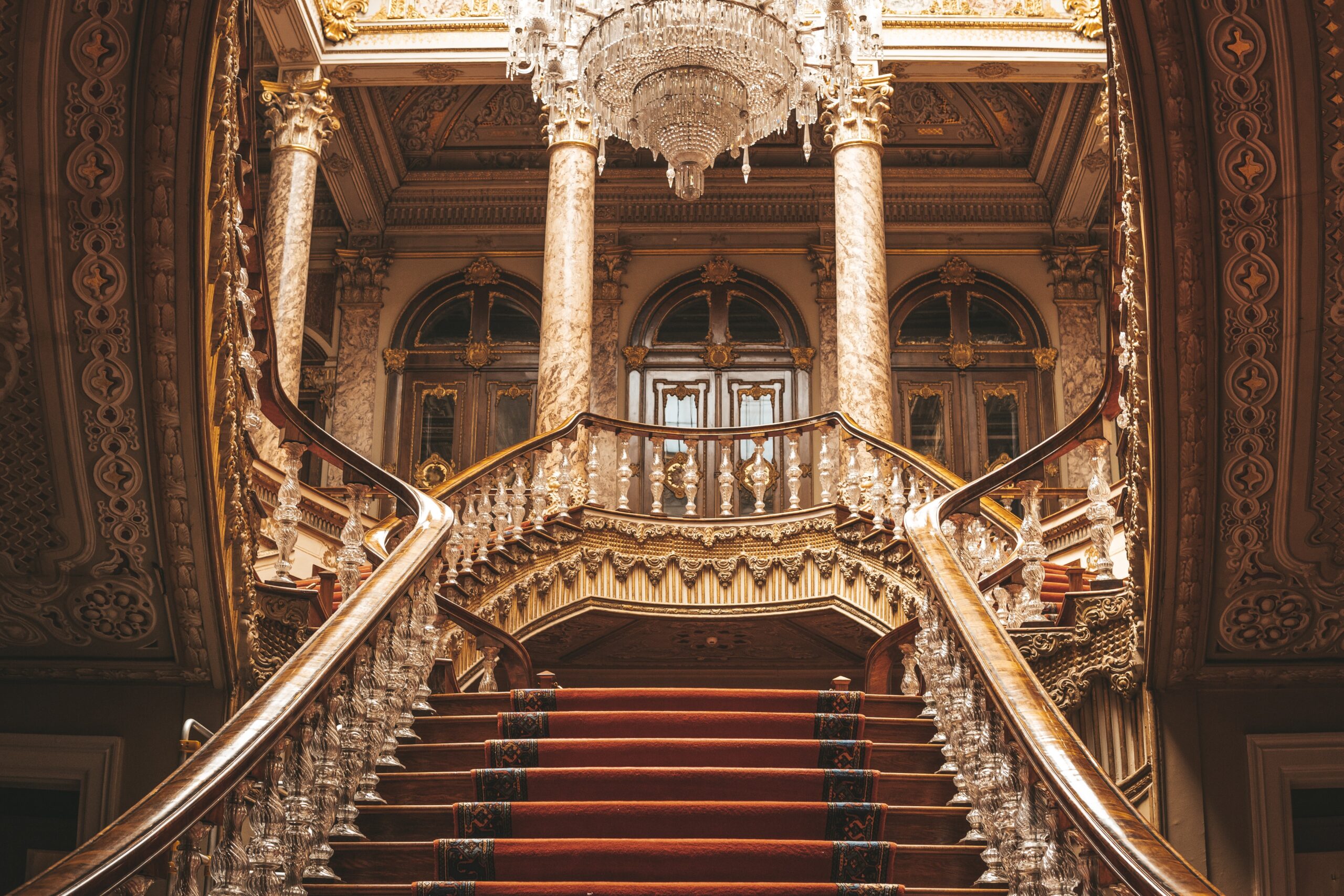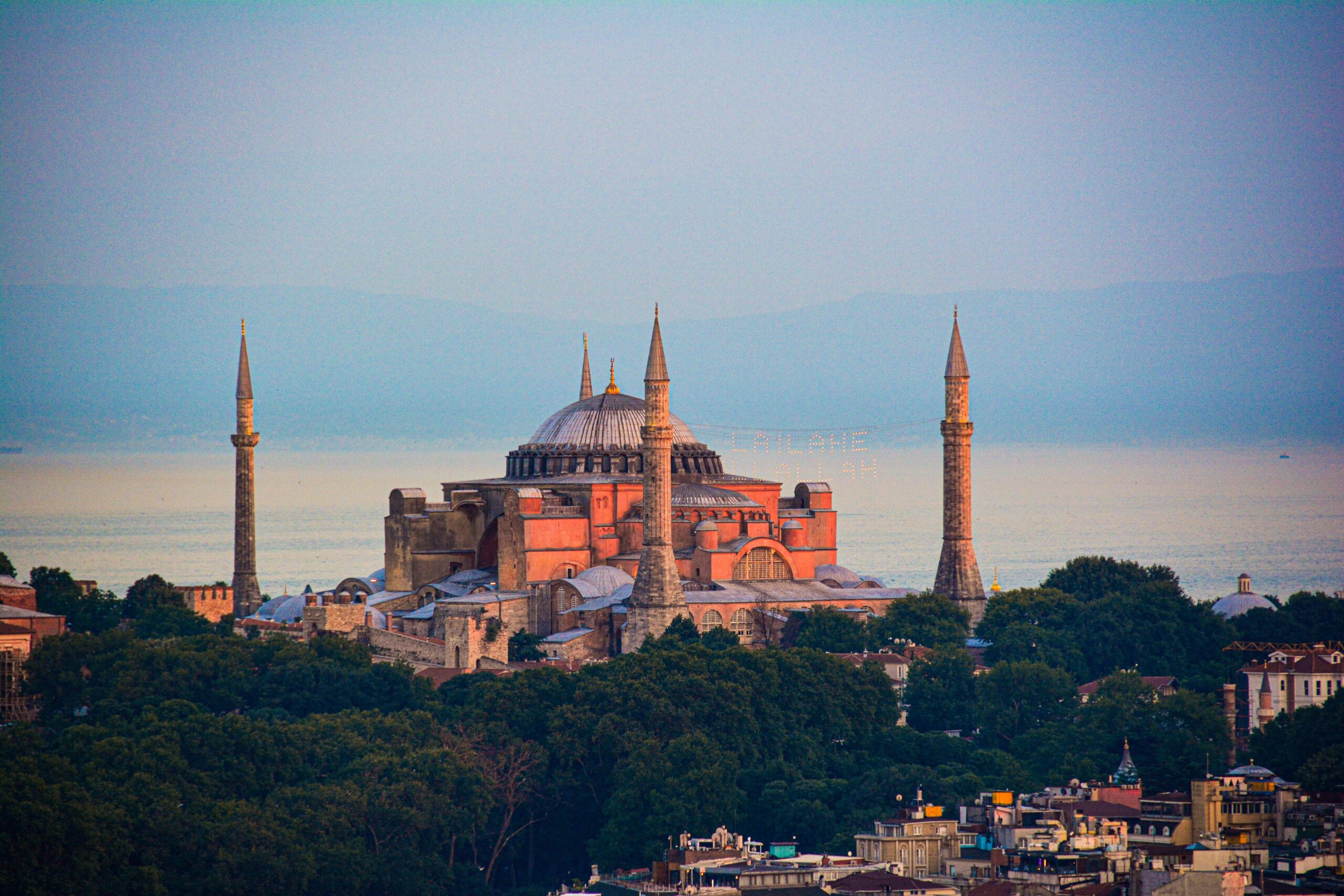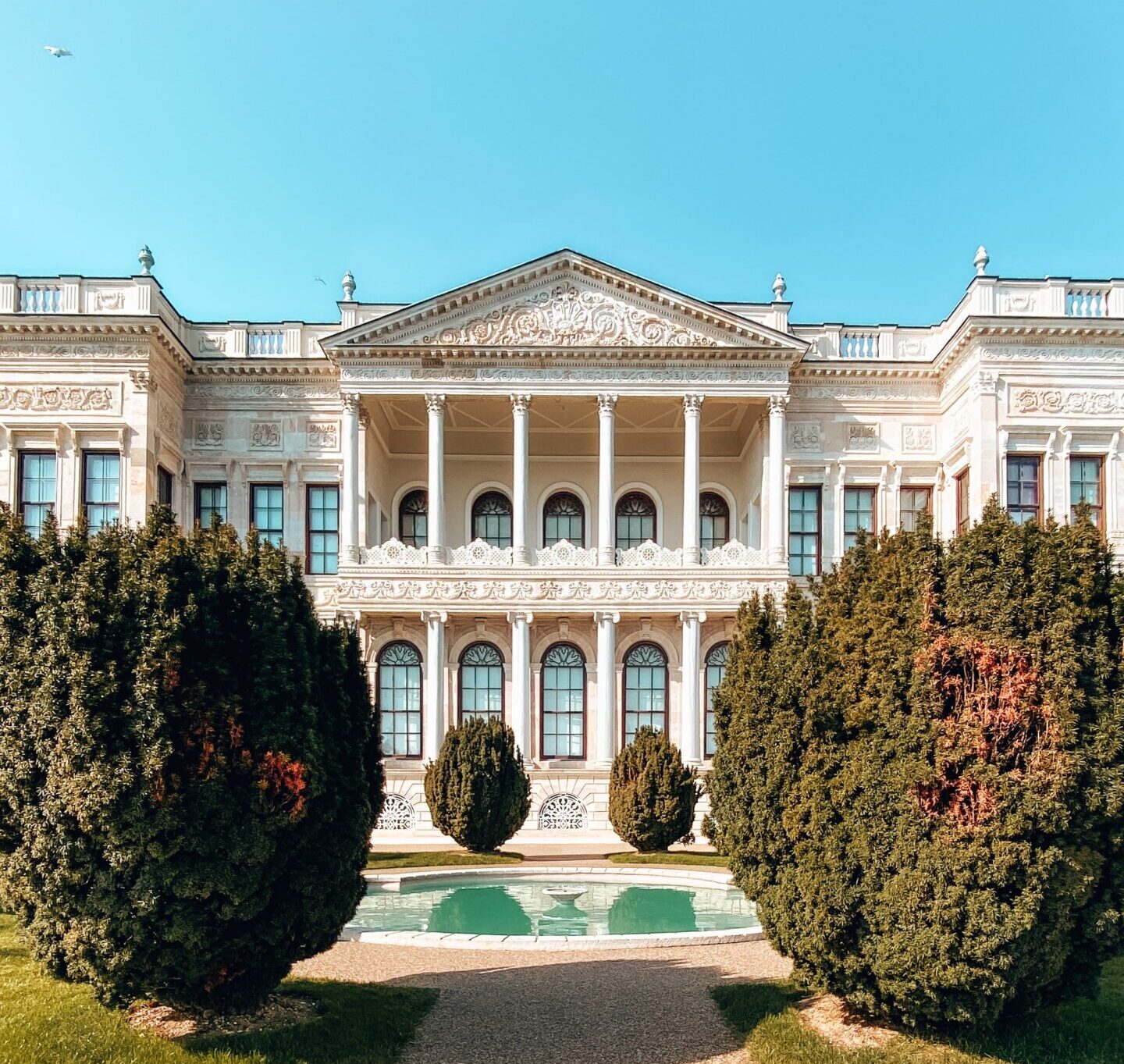Dolmabahce Palace is without a doubt amongst the most impressive historical sites in Istanbul. Built in 1856 as the new administrative headquarters and royal palace for the Ottoman family, Dolmabahce Palace is the largest and most expensive palace Ottomans ever built. Here are the top reasons why you should visit the Dolmabahce Palace during your visit to Istanbul:
Historical Significance of Dolmabahçe Palace
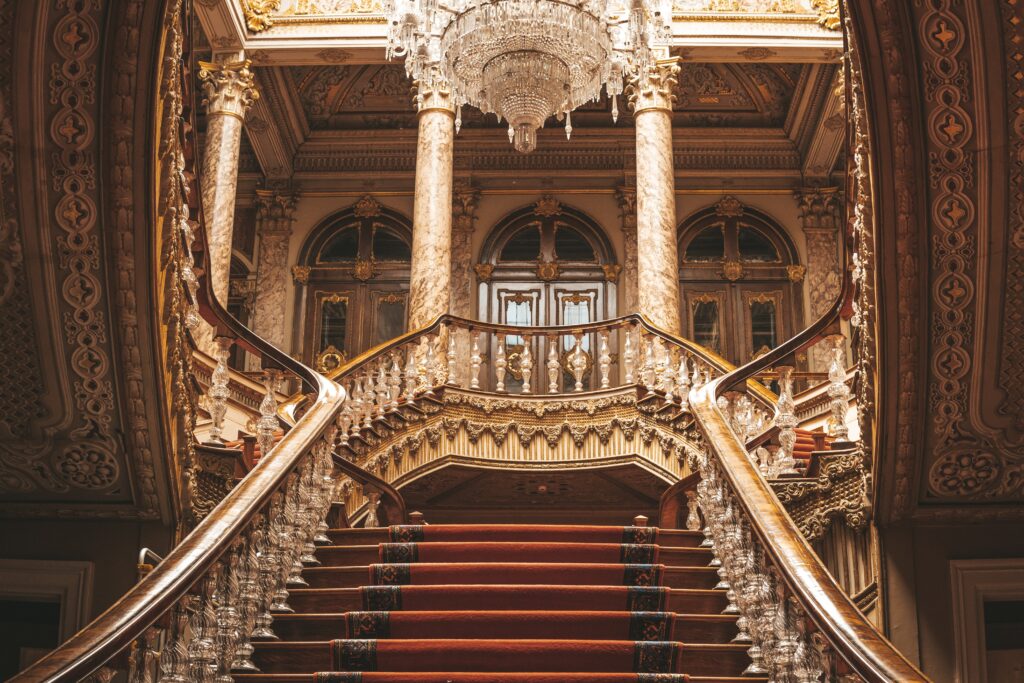
Ottoman Empire built many royal palaces, including palaces in previous capitals such as Bursa, Edirne, and even an older palace than the Topkapi Palace which was once located in the Beyazit neighborhood of Istanbul. However, out of all the palaces that were built, the first three didn’t make it to our day and Topkapi Palace and Dolmabahce Palace stand as the only two main administrative and residential palaces from the Ottoman Empire. Unlike the Topkapi Palace, Dolmabahce Palace wasn’t used for centuries, as it was built less than a century before the empire’s fall. Used by 6 Sultans and the last khalifa of Islam, Dolmabahce Palace was also used as a presidential office by the founder of the modern Turkish republic, Mustafa Kemal Ataturk, until his death on 10th of November 1938 in the very same building.
The Jaw-Dropping Glamour
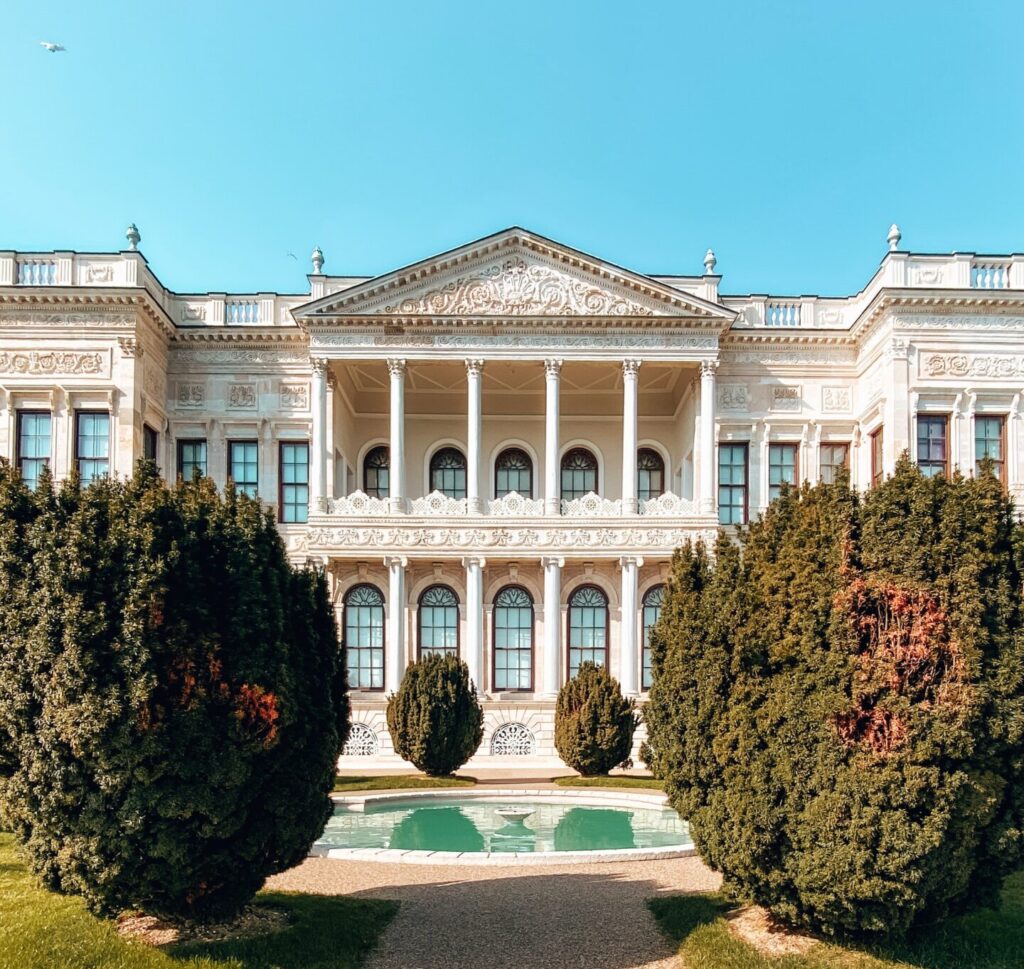
5 million “gold” (an old currency linked to gold), equivalent to 1.6 billion USD today, 14 tons of gold, and over 40 tons of silver were used in and for the construction of the Dolmabahce Palace. Elegant marble columns and intricate masonry on its royal gates greet its visitors with superior architectural design, and after a short walk on its beautiful gardens with exotic trees, a fountain with a pool, and an excellent view from its seaside terrace, you enter the building. Inside, every room, wall, corner, and ceiling of this giant palace is decorated with top-of-its-class craftmanship and art, Dolmabahce Palace also has impressive Ottoman and European antique furniture and carpets furnishing its 285 rooms and 46 halls. Some of the rooms are exceptionally beautiful, like the “Blue Hall” with its extremely detailed ceiling murals that might make your head spin if you look too much, or the Ceremonial Hall, with its gracefully decorated and colorful dome and walls and its enormous crystal chandelier hanging from its ceiling, thought to be a gift from Queen Victoria.
Surroundings and Location
Built directly on the Bosphorus strait by reclaiming the sea in the 19th century, the word Dolmabahçe means “filled garden” in Turkish. Naturally, Dolmabahçe Palace is next to the sea, inside the strait with an exceptional view of the Bosphorus, the Asian side of Istanbul, and the Marmara sea.
Dolmabahce Palace also has beautiful green gardens with exotic plants and trees, pools with ducks, lotus flowers, and fountains, so the compound itself is also quite an eye-pleasing sight.
More Than a Palace Museum
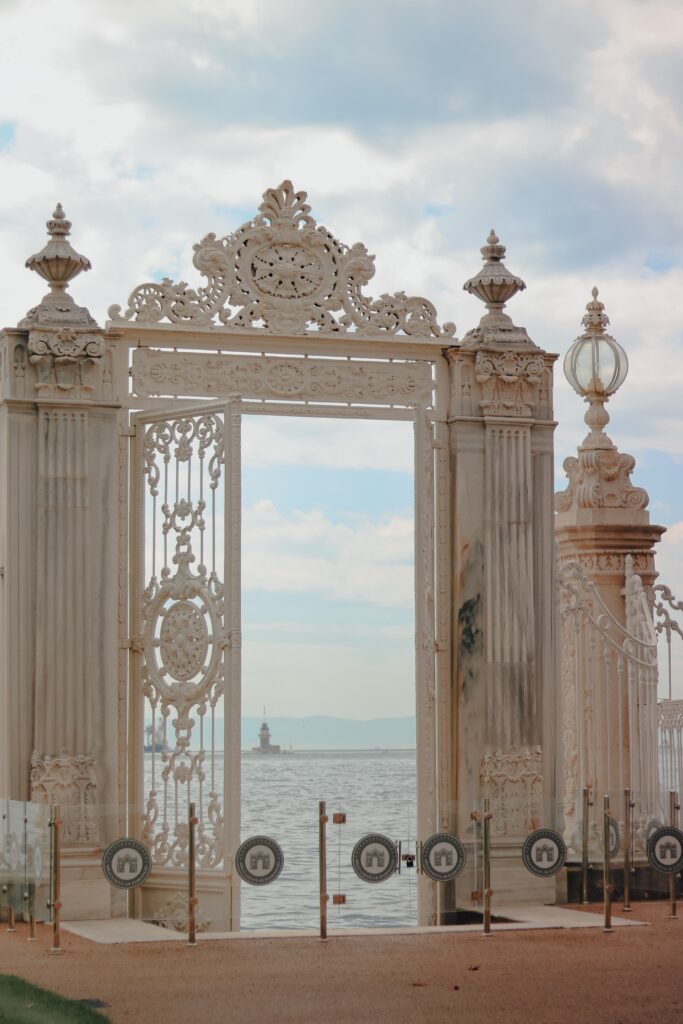
Dolmabahce Palace compound is also home to the Paintings Museum which includes portraits of different Ottoman Sultans from different centuries and even a small Clocks museum which includes expensive gift clocks from European countries along with Ottoman-made clocks and pocket watches. The palace itself is also divided into two separate parts, the Selamlik, which is the administrative palace, and Harem, which is where the royal family of Ottoman Empire and their servants lived.
In conclusion, Dolmabahce Palace definitely tops the list of attractions and must-see historical sites in Istanbul and we highly recommend you add this glamorous 19th-century Ottoman palace to your list of places to visit in Istanbul.
Book a guided line to Dolmabahce Palace and skip the ticket line

